MUIDS students got an up close and personal look at last month’s “Red Moon.” Below they share the reasons why for one day the moon turns red.
At 6:00 p.m on the 31st of this past January, other astronomy students and myself, with the help of teachers and staff, assembled a Newtonian Reflector and binoculars on one of the school’s balcony. Around half past six, we were able to see the Moon, big and bright; however, our cameras couldn’t fully capture the moon due to Salaya’s light pollution. We could see that the Moon started to get darker around 6:50 p.m. We knew that it was the first contact of the eclipse when the shadow of the Earth first touched the moon.
Mr. Gopinrath, our Astronomy teacher and the school’s lab assistants, showed each of us how to use the telescope and binoculars. Not only did we observe the moon, but also several stars and constellations. Eventually, the shadow of the Earth covered the moon completely. We then noticed the moon becoming red at around 8:00pm. Thirty minutes later it was completely red.
In total, five major, moon-related events happened on that day: the supermoon, blue moon, wolf moon, blood moon and most importantly the total lunar eclipse. It was also the second full moon in a month, thus it could be defined as a blue moon which rarely happens (hence the phrase “once in a blue moon”). In addition, the moon appeared that night was the blood moon due to its extreme red color. This color was caused by dust particles appearing near the horizon.
The picture above illustrates each of these events. The moon on the left shows the first contact of the eclipse, which is when the lunar eclipse starts, the shadow of the Earth is overlapping on the Moon’s surface. The second and the third picture is the process when the Earth’s shadow engulfs the moon. Finally, the last picture is the total lunar eclipse. It’s red in color because as light travels through the atmosphere, dust particles scatter more of the red light, which later falls on the lunar surface, giving it a reddish appearance.
